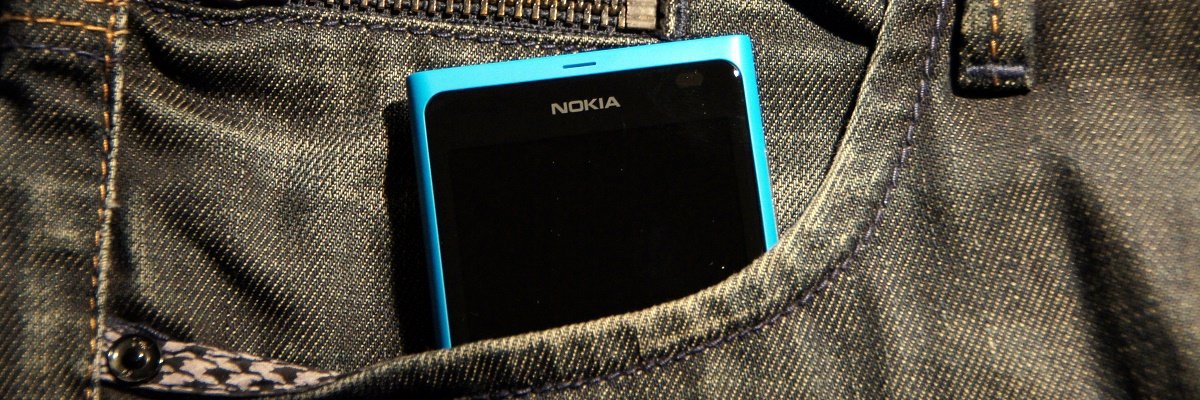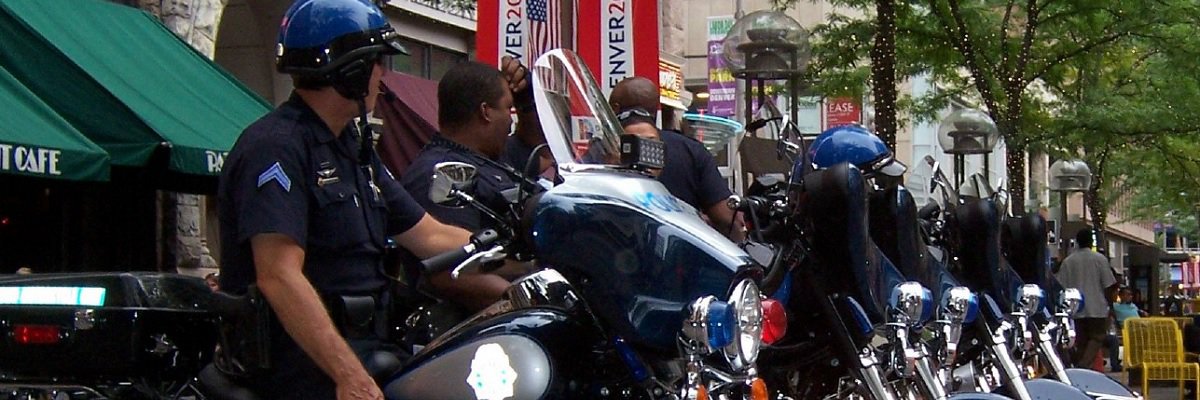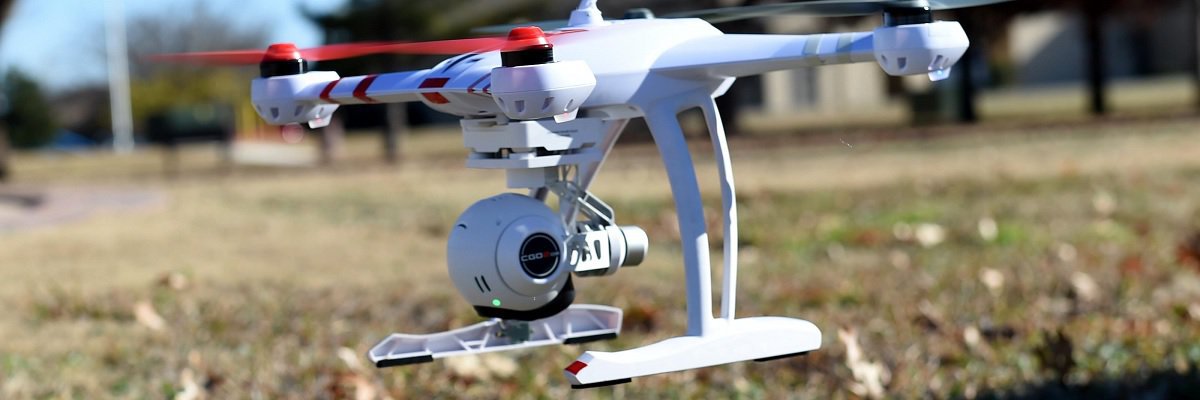Cell phone surveillance technology has outpaced policy and public awareness. With your help, our newest surveillance transparency project will uncover precisely how law enforcement across the country use cell phones to locate and track individuals, and shape a more democratic debate about how police use the data each cell phone records in daily use.
Modern technology has outpaced transparency in many ways: Public officials text or use Facebook to get around public meeting laws, police outsource crime data to non-public third parties, and more — but the problem with cell phone surveillance transparency is even worse, because it affects over 90 percent of American adults, yet the public and policymakers are largely unaware of which departments use potentially invasive tactics, or what restrictions are in place to head off abuses.
With your support, we can change that.
The Spy in Your Pocket will send public records requests to hundreds of police departments nationwide. As with our work on drones and license plate readers, we’ll ask for financial records, procedures and privacy policies to map techniques used from coast to coast.
By subscribing to the project via the link above, even for just $5 a month, you’ll help us launch the most comprehensive look into cell phone surveillance across the United States.
We know this project will be far from easy. Just last month, the sheriff in Oakland County, Michigan rejected a freedom of information request about its Hailstorm device, which fools cell phones into connecting to it as way of logging all devices within range. And in March, police in Florida claimed that non-disclosure provisions barred them revealing deployments of a similar Stingray device, even to judges.
But the same tenacity that’s led us to uncover new information about police drones in Seattle and license plate readers in Boston will help us compile untold details of cell phone surveillance. One intrepid MuckRock user has already obtained Stingray invoices from the Pennsylvania State Police, just one of dozens of departments across the country that have purchased such equipment.
Until we know more details about the techniques used (and not used) by police, we can’t have a democratic debate about when these tools are safe, effective or warranted. With your support and subscriptions, MuckRock can pull back the curtain on this murky set of law enforcement tools.
Image via Flickr and is licensed under CC BY-SA 2.0




